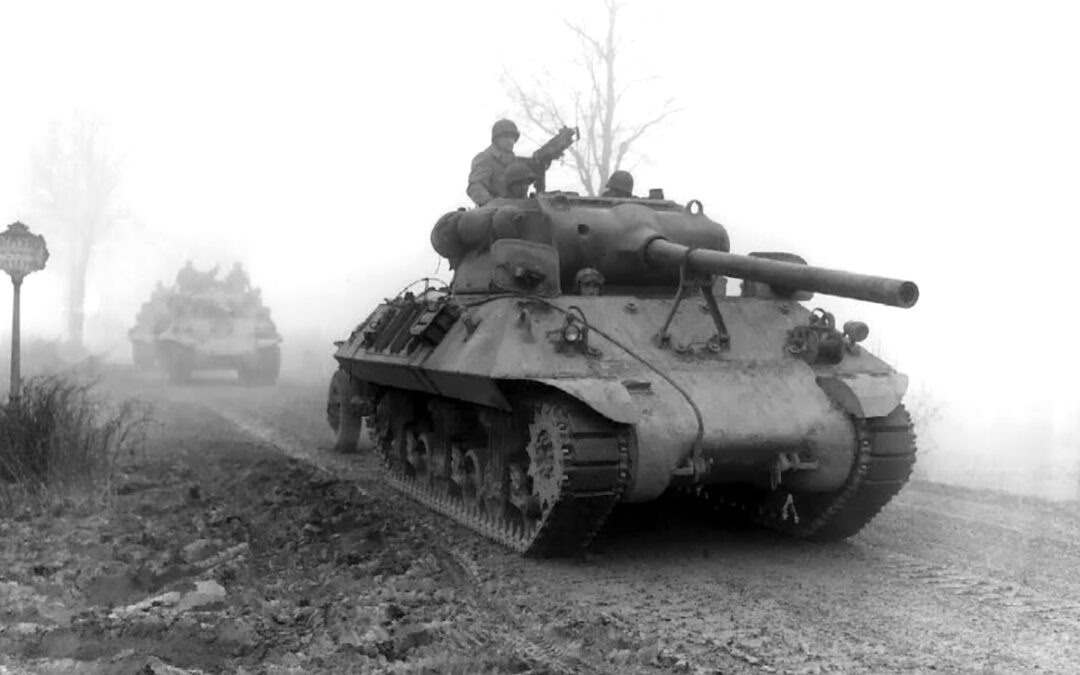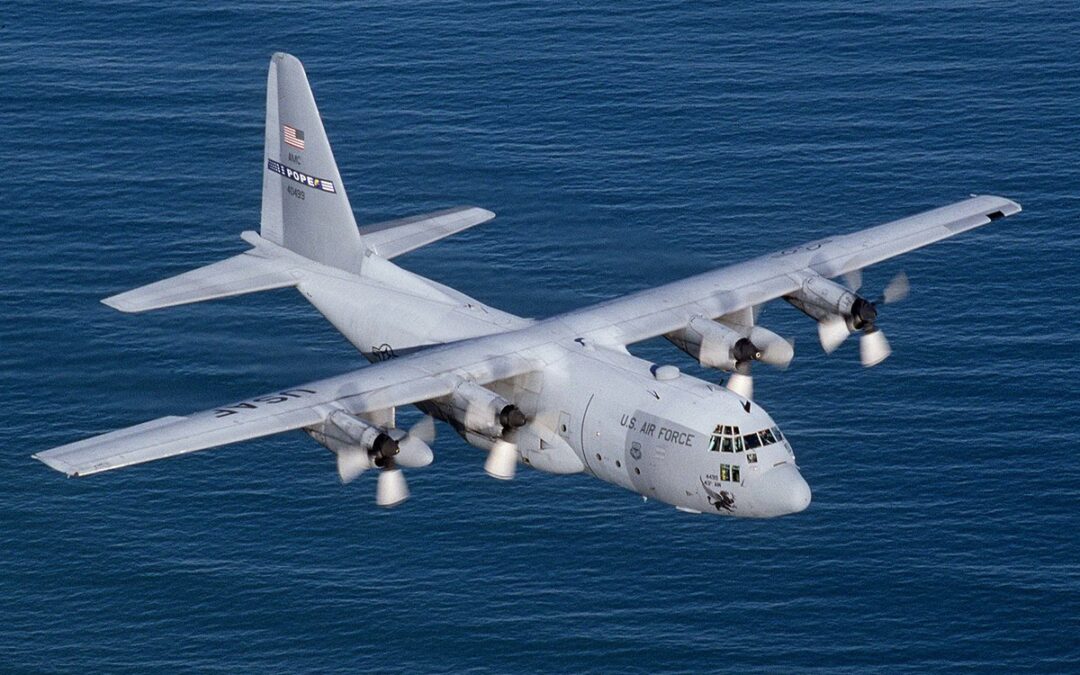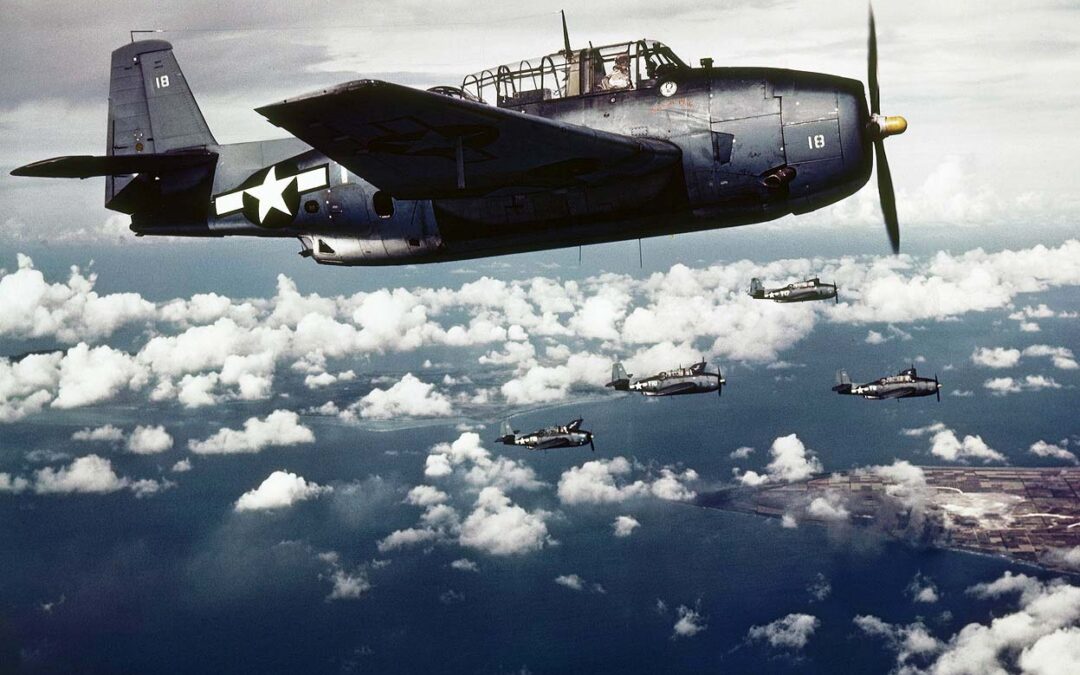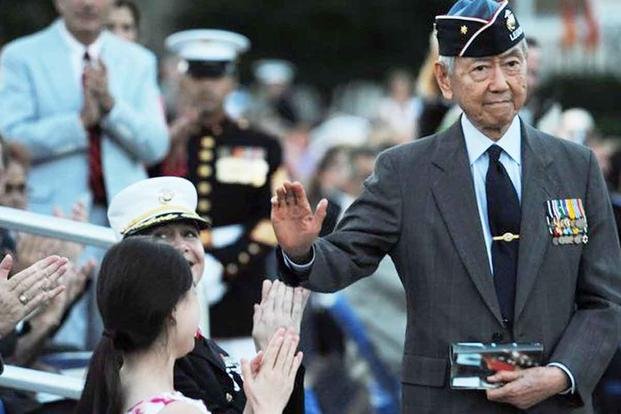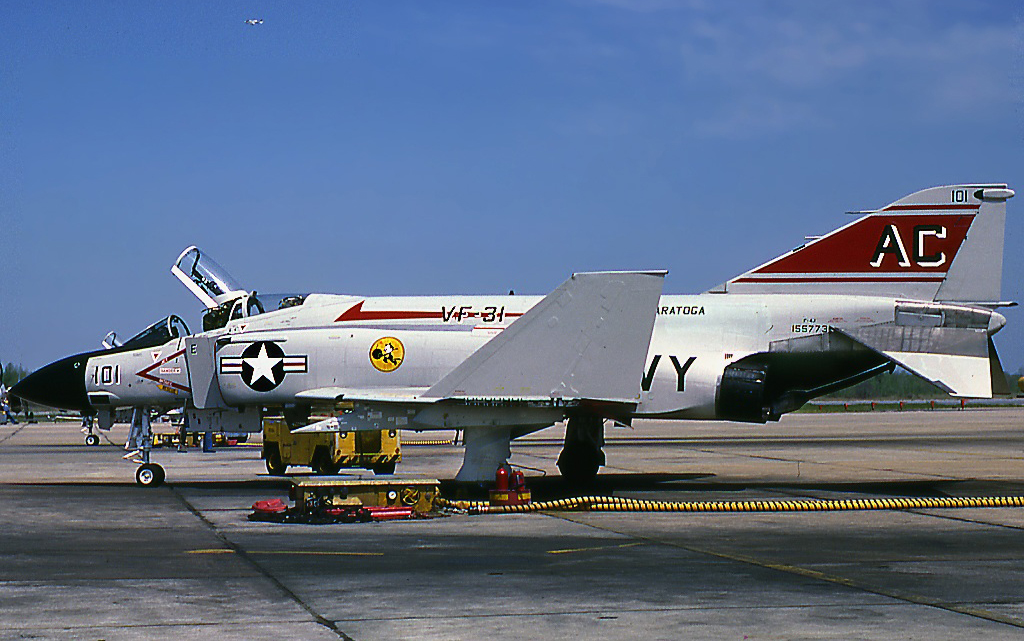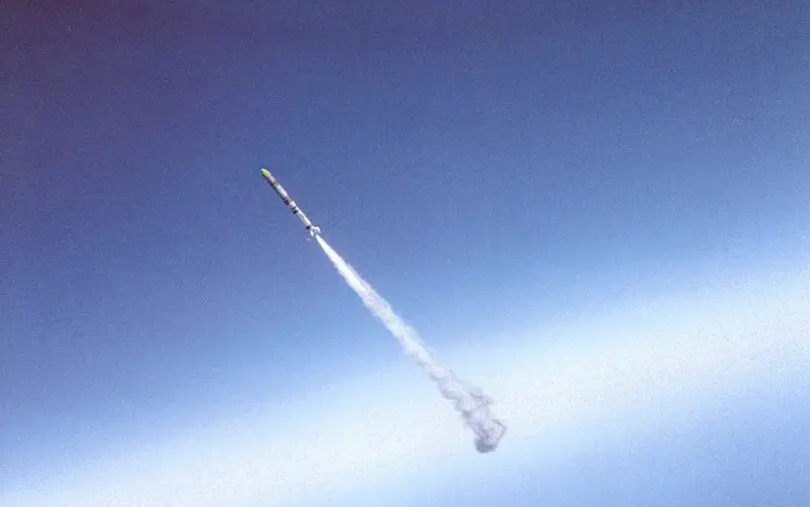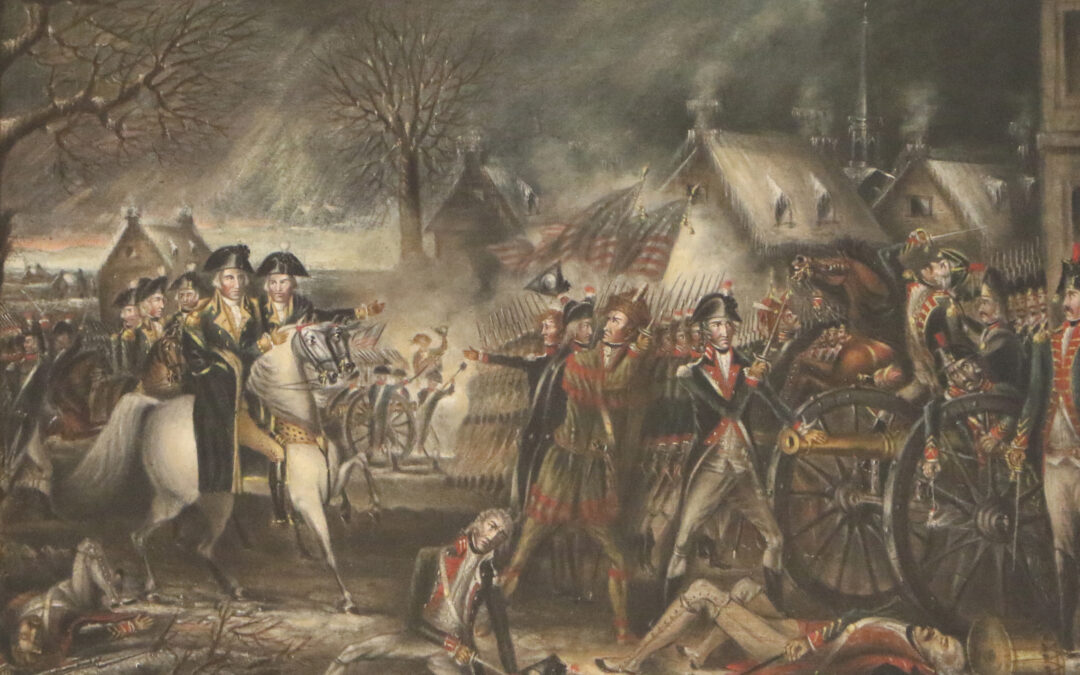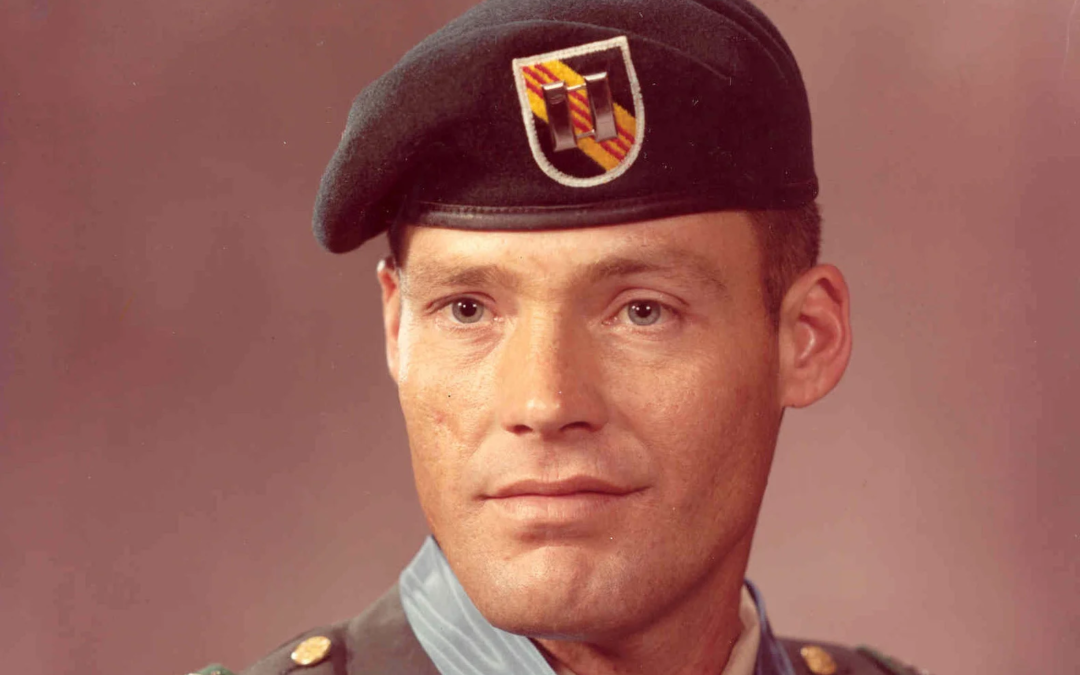In December 1944, the German Wehrmacht launched what would be its last offensive of World War II, a last-ditch, all-out effort to throw the Western Allies back from Germany's borders. It would take the Allies almost six weeks to blunt the effort and force the German Army back, but for a time, it looked like the Nazi offensive might actually succeed in splintering the Allied invasion of Europe. Germany threw everything it could into the effort, including an estimated 410,000 men, 1,500 armored vehicles, a thousand combat aircraft, and thousands of artillery guns. The response to such an assault would turn the Battle of the Bulge into the largest and one of the deadliest battles in U.S. military history. The Ardennes Offensive: The Battle Unleashed Only in January 1945 did it become apparent the offensive had failed and that Germans would spend the rest of World War II in retreat. On the morning of Dec. 16, 1944, the German Army achieved total surprise against an Allied force...
